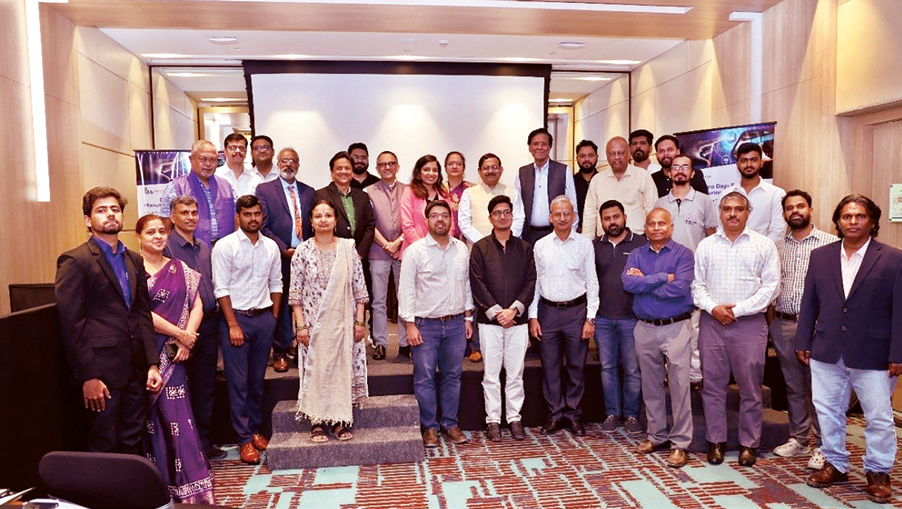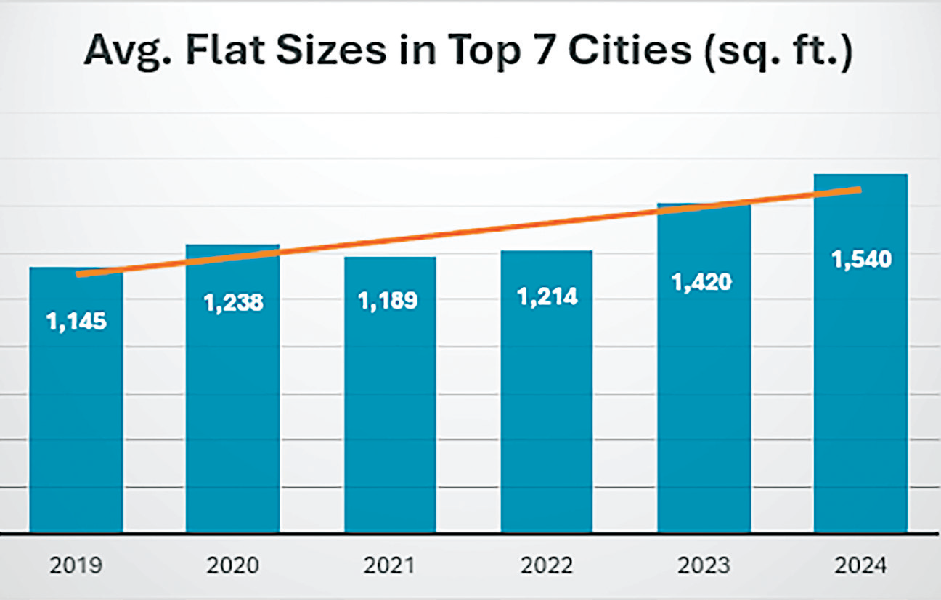
India’s G20 presidency hopes to unlock trillions for development, climate fight
Soumik Dutta | NT
Bengaluru: A core focus of the G20's agenda at the New Delhi leaders' summit was on strengthening multilateral development banks, with success potentially adding trillions of dollars to fight poverty and save the climate.
Development banks are key in these fights and important cogs in the global economy, stepping in to lend to countries in need, whether it is financial challenges or disaster.
This process of strengthening multilateral development banks was initiated through the G20's 2016 action plan, which directed banks to “work through their boards to optimise balance sheets, in order to increase lending without substantially increasing risks or damaging credit ratings”.
In their first meeting under India's presidency this year, G20 finance ministers and central bank governors recognised the need for multilateral development banks to “evolve given the scope and complexity of trans boundary challenges and the resultant increase in demand on their lending resources, knowledge support, and for catalysing private investment”.
They asked multilateral development banks to undertake comprehensive efforts to evolve their vision, incentive structures, operational approaches and financial capacities so that they are better equipped to maximise their impact in addressing a wide range of global challenges, while being consistent with their mandate and commitment to accelerate progress towards sustainable development goals (SDGs).
The Indian G20 presidency took the logical next step, developing an agenda, based on which the multilateral development banks can carry financing the recipients.
An international exper t group was entrusted with this task, established to address the shared global challenges of the 21st century. The group spelled out a triple agenda aiming to harness what it saw as the potential of the multilateral development banks.
Under the first part of that plan, development banks had a mandate to eliminate extreme poverty, boost shared prosperity and contribute to global public goods.
The other planks of the agenda are for multilateral development banks to triple sustainable lending levels by 2030 and create a third funding mechanism that would permit flexible, innovative arrangements with investors willing to support elements of the agenda.
The group argued that additional annual spending of around USD 3 trillion is required by 2030, of which USD 1.8 trillion should be investments for climate action (mostly in sustainable infrastructure) and USD 1.2 trillion for spending to realise other SDGs.
The figures imply a fourfold increase in climate adaptation, resilience and mitigation funding compared with 2019, and a 75 per cent increase in spending on health and education..
The global development finance community needs to provide an additional USD 500 billion every year until 2030.
Multilateral development banks must provide an incremental USD 60 billion of additional annual official financing, of which USD 200 billion in non-concessional lending, and help mobilise and catalyse most associated private finance.
 English daily published in Bengaluru & Doha
English daily published in Bengaluru & Doha






